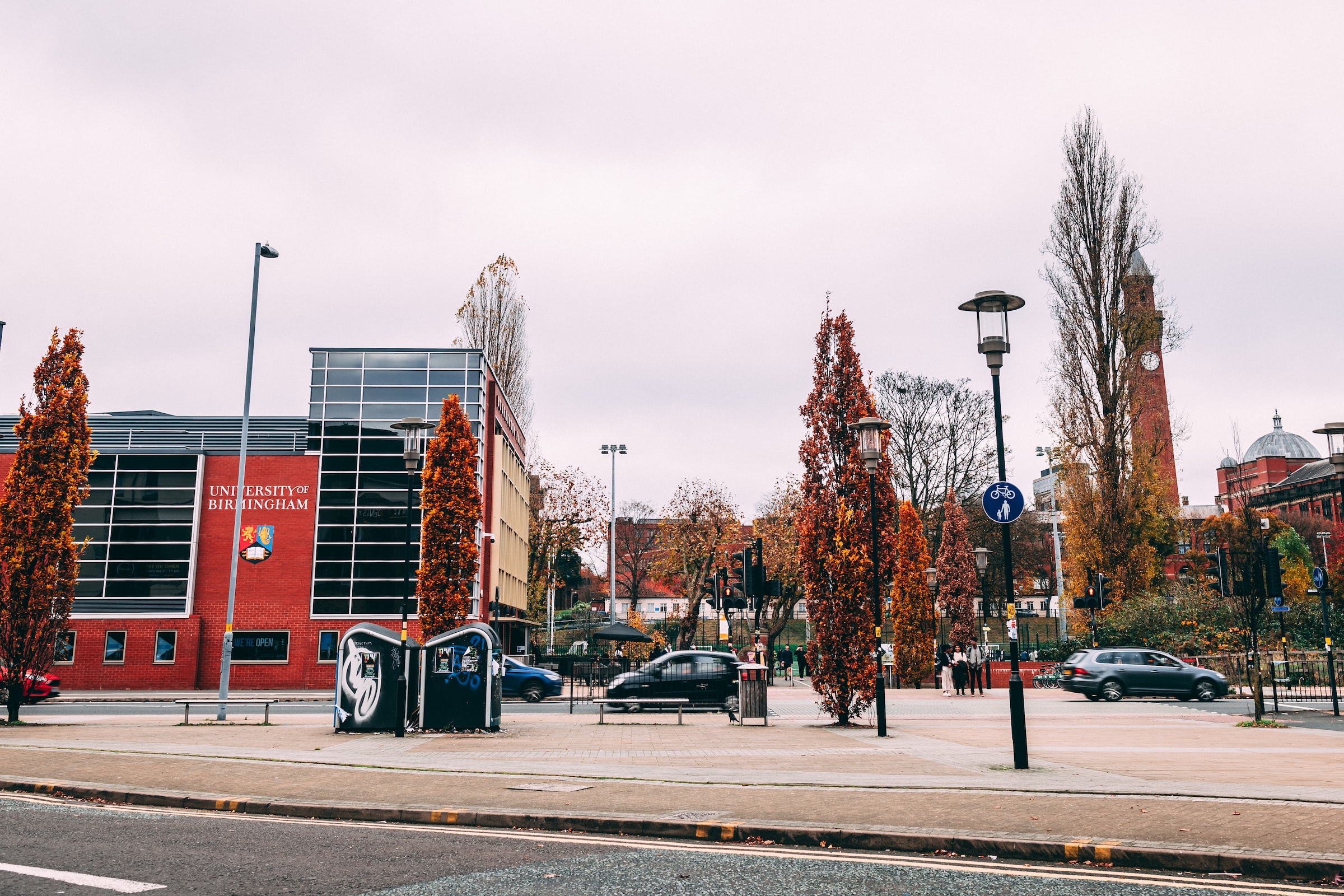
TV Critic Antonio Miguel Aguila argues that, although the script is lacking, the cinematography and heartfelt feel of RuPaul’s new show is worth the watch
RuPaul’s passion for Drag Race prevails gloriously in AJ and the Queen, a 10-episode series about a drag performer finding an unlikely friendship with a devil child off the streets of New York. From the onset, there are glaring resemblances to Tokyo Godfathers and Tangerine. The predictable story has a light shined on its tropes as we follow Ruby Red, an unconventional protagonist talking to unconventional characters that deserve to be recognised like everybody else.
“The pleasure is found in Ru’s personality and his love for his art
The sense of difference and indifference in his acting reminds you that, while the story suffers from some generic stuff, there is an incomparable authenticity found here. Ru’s flamboyant charm captures importance in most of his movements and lines, in a way that has finesse rather than being melodramatic even when he plays a comedic role or endures in still silence. It’s strange to say but the same-sex relationships presented here feel more real than anything I’ve seen on a Netflix series previously. The script and plot could be stronger, but the pleasure is found in Ru’s personality and his love for his art being splashed all over this. Ruby Red faces the world proud and bold of who she is, and she should be because despite AJ and the Queens’ flaws it is a beautiful echo of RuPaul’s voice.
Although the series is predictable, there are unique moments of thought found in the gaps. In the first episode, one thing that caught me off guard was a discarding of a typical cliché. Louis (Michael Leon-Wooley) tells his coming out story and what he assumed would be his disapproving Christian father: ‘Turns out he was fine with it. It was just me who was struggling.’ AJ and the Queen does not do itself a favour by kind of abandoning this lovable character in the middle of the story. Ru offers an interestingly different perspective unfortunately attached to a predictable script. In one episode, Ruby Red finds similarity in what appears to be a depressed emo caricature that was surprisingly treated like an actual human being rather than being played up for cheap gags. In her eyes, they are just both lost people avoiding what society is pressuring them to do. The characters are worth rooting for, but it is the idea-driven episodes rather than the character-driven ones that are more worth watching.
“The script has hilarious jokes with an impressive amount of sass but overall is a little weak
The genuine love Ru displays for the story’s drag performers and the art of drag is so real. Sometimes too real, because Ru basically plays himself sometimes. The symbolism of what Ru wants to express is sometimes too on the dot and the dialogue too. On the contrary, the ideas contained in them are still touching. The script has hilarious jokes with an impressive amount of sass but overall is a little weak. The villains are boring and distasteful and I’m pretty sure the writers gave up with them towards the end. The endearing interactions between Louis and our adorable protagonist abruptly lessen after the first episode. The middle episodes lose the viewer’s attention and even a bit of the emotional investment in the protagonist in the first episode.
Yet, all of this is somehow fine as Ru weaves a cinematic dress of utmost authenticity embellished with heart and despair to get his ideas across to the next generation. Some scenes are straight from the heart and Ru gets you to feel things from the screen as if you’re living those moments with him. The weak script is overwhelmed simply by Ru Paul. He truly loves his drag queen persona as Ruby Red.
“Throughout the series, light gives the screen dimension
Predominantly, the cinematography favours a simplistic style for its light-hearted road trip and basic plot. However, it becomes great in certain moments with shots pervasively containing artistic purpose. In the same frame, the screen captures warmth and loneliness or romance and embarrassment or claustrophobic and sympathetic or dark but hopeful. Oddly enough, I found the melodramatic voiceovers tiring more than artsy, although other than that, the other components are great. I am especially a fan of the lighting. Throughout the series, light gives the screen dimension as it glitters whether it glares into the camera, draws a golden line around the silhouettes of characters or divides. In terms of sound, the mistake of temp music is made up for a refashioning of pop tracks by classic drag lip-sync or to bring funk and sass into moments that should be disastrous or melancholic.
While AJ and the Queen to a certain extent restricts its unique tone and perspective with predictability and genericism, it evidently succeeds in delivering its messages that ‘Everybody is in drag, which is fine as long as they know it’ and ‘You can’t just divide people into categories. People are more complex than that.’ Considering how many clichés and self-projections the show contains it has the blueprints of a bland series that is engulfed by RuPaul’s sheer passion, personality and perspective that all entangle and saturate well on screen. Some middle episodes are boring, and the most engaging parts are the pilot and the ending. On the contrary, it is all really worth watching to get to the series’ penultimate tearful scene. AJ and the Queen is an emotional, unique series whose flaws are easy to overlook at the end since your vision is blurred by all the tears in your eyes.
Comments